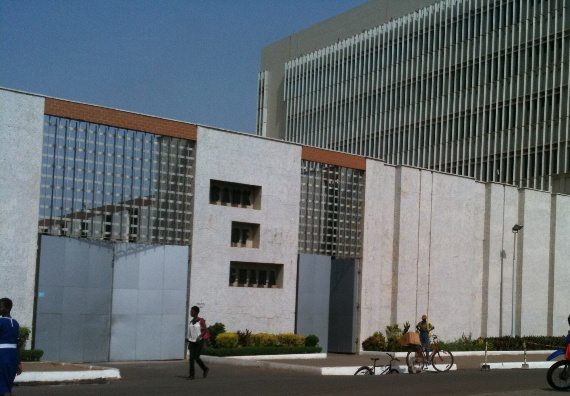
Interest rates, which are lower than the current inflation rate, have dampened investor appetite for buying government bills, as the Treasury’s auctions last month for 91-day, 182-day and 364-day bills missed their target by GH¢2.24billion.
With a total target size of GH¢5.21billion, the Treasury was able to raise a gross amount of GH¢2.97billion across 91- to 364-day bills from investors – reflecting a significant drop of 35 percent compared to what was recorded for the previous month.
Yields gained some momentum following the 250-basis point (bps) rate hike by the monetary policy committee (MPC) at the end of March 2022, forcing the Treasury to increase its cost of borrowing to stimulate demand.
The 91-day bill as of April ending was 17.41 percent, while the 182-day bill 18.5 percent and the 364-day bill 19.6 percent, whereas inflation as of March ending was 19.4 percent with the outlook projected to hit more than 20 percent at the end of April 2022.
The recent increase in capital reserve ratio (a fraction of the total deposits of commercial banks that are kept in their accounts with the central bank) to 12 percent from the previous 8 percent, according to Databank – an asset management company, could make interbank liquidity fall by as much as GH¢5billion; thereby decreasing banks’ resources available to invest in government short-term bills.
Governor of the central bank, Dr. Ernest Addison, said in the last MPC press briefing: “The reserve requirement would mean that banks have to keep more Ghana cedis with the central bank”.
Referring to credit for the private sector, the Governor noted that banks are not lending out the excess cash available on their books.
“They are not lending, anyway. A lot of that is going into Treasury bills. It is just a way of making sure that those resources are not available to speculate on the currency. This is really the objective, so we are not too concerned about impact on growth because banks are not lending as much as we would have liked them to,” he said.
Cedi Impact
Databank in the report projected that the tighter local currency liquidity condition will “curb forex demand and slow the cedi’s depreciation”.
On a year-to-date (YTD) performance, the local currency was broadly stable in April – posting a -15.56 percent return compared to -15.55 percent in March 2022. However, on a promising note, the cedi rebounded strongly against the other major pairs; recording a gain of 4.68 percent m/m and 5.37 percent m/m against the British pound and the euro respectively.
Apakan Securities – a market watcher – said in its report: “We expect the calmness within this space to continue in the near-term. We further bank on the US$2billion syndicated loan announced by government together with the annual COCOBOD inflow to shore-up gross reserves and support the Treasury to inject liquidity to sustain FX demand ahead.”
Source: B&FT



